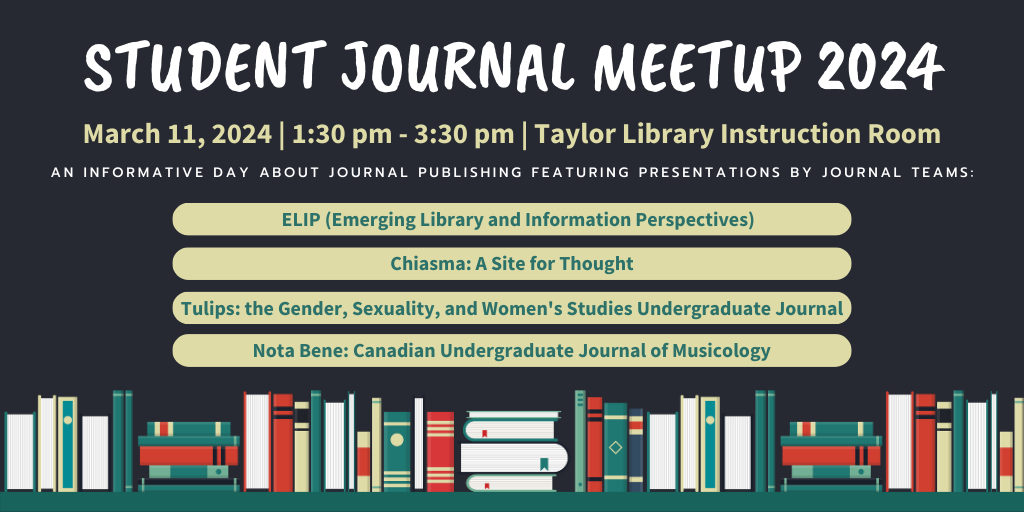D^3: Defining, Dissecting, and Developing Legacy Documentation
Location
Taylor Library Instruction Room
Event Type
Presentation
Start Date
11-3-2024 1:55 PM
End Date
11-3-2024 2:05 PM
Description
This talk aims to tackle the issue of so-called ‘legacy documentation’ cross-(editorial)generationally. More specifically, the aim here is threefold. First, to briefly lay out the problems I have found myself faced with when taking over the role of chief editor; second, explain the tactics I have used in the past to prepare—and in turn, ensure the highest likelihood of success for—future editors in their new role(s); and third, bring to the fore what I have found does and does not work, what is and what is not helpful. Indeed, within the talk I intend to bring attention to issues that may be obvious—e.g., transferring login information, contacts, etc.—whilst also noting issues one might not immediately think of, but which are no less significant that are themselves crucial to ensure, on the one hand, aesthetic continuity whilst, on the other, minimizing extraneous work for future editors—e.g., journal-specific norms relating to style, production assets such as common images and/or logos, standard typefaces used, etc. Finally, I will give two different examples of legacy documentation, one of which has had its success empirically verified by the longevity and consistency of the publication, the other of which is a work in progress. The ultimately goal here is thus to provide attendees with, at the very least, pieces of information to consider as they form—or in some cases, re-form—the skeletal structure of their publication going into the future.
D^3: Defining, Dissecting, and Developing Legacy Documentation
Taylor Library Instruction Room
This talk aims to tackle the issue of so-called ‘legacy documentation’ cross-(editorial)generationally. More specifically, the aim here is threefold. First, to briefly lay out the problems I have found myself faced with when taking over the role of chief editor; second, explain the tactics I have used in the past to prepare—and in turn, ensure the highest likelihood of success for—future editors in their new role(s); and third, bring to the fore what I have found does and does not work, what is and what is not helpful. Indeed, within the talk I intend to bring attention to issues that may be obvious—e.g., transferring login information, contacts, etc.—whilst also noting issues one might not immediately think of, but which are no less significant that are themselves crucial to ensure, on the one hand, aesthetic continuity whilst, on the other, minimizing extraneous work for future editors—e.g., journal-specific norms relating to style, production assets such as common images and/or logos, standard typefaces used, etc. Finally, I will give two different examples of legacy documentation, one of which has had its success empirically verified by the longevity and consistency of the publication, the other of which is a work in progress. The ultimately goal here is thus to provide attendees with, at the very least, pieces of information to consider as they form—or in some cases, re-form—the skeletal structure of their publication going into the future.


